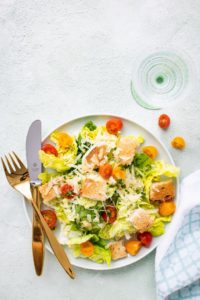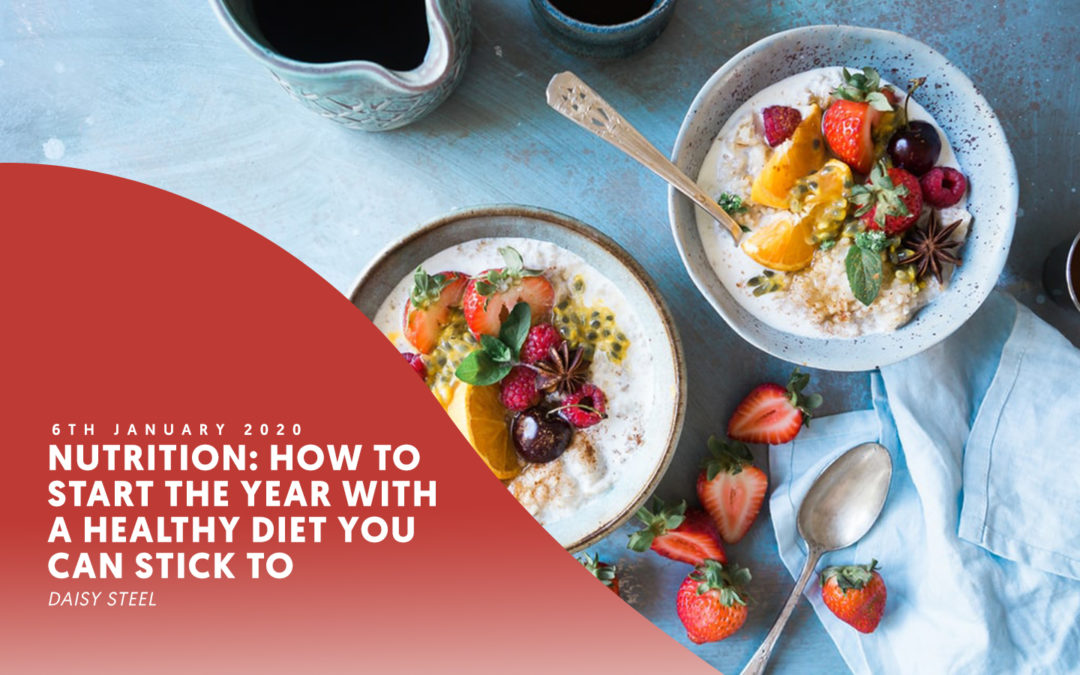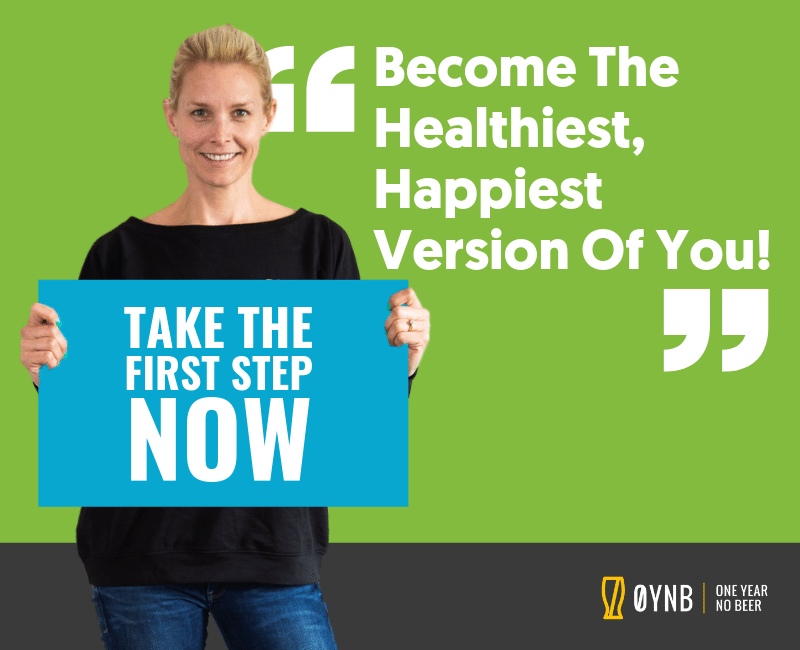It’s a new year, a new decade and a good time to make a new start.
Many of us will have chosen losing weight or going vegan, along with giving up alcohol as one of our new year’s resolutions. But beginning a diet can be overwhelming. There are bound to be challenges whenever you start something new, especially when it involves something you do several times a day – like eating and drinking. But it is possible to start the year with a healthy eating plan – and stick to it. Here’s how:
How to create a healthy diet you can stick to:
- Start with your reasons why
- Follow a healthy eating plan
- Make small incremental changes
- Set realistic goals
- Track your meals
- Add in exercise
If you are just starting out in your alcohol-free journey, check out our blog ‘What to eat when you go AF: the vitamins and minerals you need‘.
Start with your “why?”
We frequently let the outcome – the number on the scales, the steps on our activity tracker – be the sole indicator of our success. But research shows performance-centered goals are unsustainable long term. Instead, you need to set goals that mean something to you, that reflect who you wish to represent as a person. It can be a good idea to write these down so you can refer back to them if you feel unmotivated at a later date, and helps you to solidify your intentions. Ask yourself what you are going to gain by engaging in this new behaviour, rather than what you are going to miss out on. Will it improve the way you look, the way you feel? Focusing on the reward will mean you’re much more likely to engage in changing your habits. So, stop thinking about what you might lose and instead look forward to the wins.
Follow a healthy diet


Start small
Change is hard. Making small, gradual changes to your eating pattern is the best way to overhaul your diet. On day one we tend to be really motivated. We promise to give up alcohol, go the gym every day, cut down on sugar. But pursuing all of this at once puts us under unnecessary pressure and we are more likely to fail. Adopting healthy habits needs to be a gradual process. Research shows small, simple actions are more likely to become habitual. Plan a healthy snack at 4pm to avoid the biscuit slump, switch to a smaller sized coffee, take the stairs whenever you can. Making small changes can have a big impact on your long-term success. They don’t need to feel too punishing or restrictive and each time you accomplish something minor, you’ll get a sense of satisfaction from the process which will spur you on to stick to your goals.
Set realistic goals
Most people who want to lose weight set goals that are over ambitious – dreaming of fitting into unrealistic clothing sizes or losing too many pounds. Try to set weight loss goals that are attainable and remember slow and steady wins the race – the recommended limit is only 1 or 2 pounds a week. Losing as little as 5 or 10 percent of your body weight can change the way you feel as well as improve your health.
Track your meals


Add exercise
Eating healthily and cutting calories is only half the formula for successful weight loss. Taking regular physical exercise is a powerful tool, helping you burn calories and increase strength, balance, and coordination whilst also reducing stress and improving your overall health. So, as well as healthy eating find ways to add exercise into your day, whether it’s cycling to work, going to the gym or attending a fitness class.
It’s a marathon not a sprint
It’s a myth that it takes 21 days to change a habit – research tells us it can take anything from 66 days or more to make or break a pattern of behaviour. The good news is, as time goes on, it gets easier rather than harder. Once a new habit is formed it will eventually stick and you’ll soon find you don’t even have to think about it – it will become automatic.
No shame
One of the reasons we should think about what we can gain from adopting a new habit is that we change more from a place of growth than a place of shame. It’s a myth that if we let ourselves go we’re just going to sit at home in our PJs watching Netflix all day. Ultimately if we accept that we might fail, we’re less likely to procrastinate, we’re more likely to be healthy eaters, we’re more likely to exercise more. It’s about giving yourself space for failure that’s a huge part of habit change – actually accepting that failure is part of your success.



An entrepreneur and former senior oil broker, Ruari gave up drinking after excessive consumption almost cost him his marriage, and worse, his life. Going alcohol-free improved his relationships, career and energy levels, leading to him founding OYNB to provide a support network for others.








